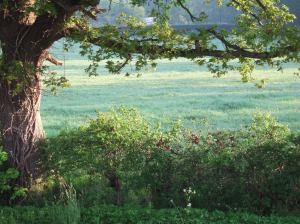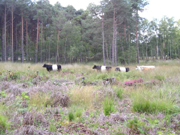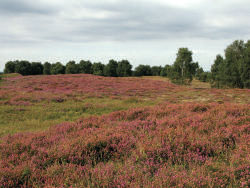The Independent Forestry Panel published its interim report today. Whilst I can’t see this commanding anything like the level of media coverage that the proposed forests sell-off did, it is nevertheless an important milestone.
In our national press release, Paul Wilkinson, Head of Living Landscape for the Wildlife Trusts emphasises the importance of the value of our woods, saying: If the Budget recognised the full range and scale of benefits our natural environment provided there would be no question of the Treasury pressing for forest sales, or reducing the investment it made in the Public Forest Estate. We have to bust the myth that it is a burden on the state once and for all.
The report does gives some comfort that the Panel have recognised the intrinsic value of trees and woodlands. It acknowledges that the “value of the wide ranging public benefits provided by the Public Forest Estate – including access and nature conservation – far exceeds that of the timber alone”.
Managing the public forest estate is relatively cheap: the net annual cost to the Treasury is under £20m. However, the business model is based on timber production and not on the wider benefits provided by woodlands and forests. The National Ecosystem Assessment estimates the total value of social and environmental benefits of woodland in the UK alone as £1.2 billion per annum.
Frustratingly, the report seems to have conflated and confused the positive elements of trees and woods with the harmful elements of some aspects of plantation forestry culture. Generic references throughout the document to the value of trees and woods to biodiversity do not differentiate between the richness of ancient woodlands and the relative dearth of wildlife in densely packed plantations.
Our response to the Call for Views pointed out the need to prioritise the restoration of open habitats such as heathlands and grasslands in places where plantations had damaged biodiversity – such as in the New Forest. There is limited acknowledgement of this point by the Panel: “In our final report we will explore how much habitat restoration and improvement should be taking place on the public forest estate, and where, within the context of the wider landscape, it should happen. This needs to include the costs involved as well as the benefits.” I hope this is more than a sop.
I am also disappointed that the Panel has yet to visit the New Forest which is the largest tract of semi-natural habitat in southern Britain, rich in heaths, bogs, meadows, streams and wetlands – as well as ancient woods and forestry plantations. The report makes no mention of the New Forest apart from showing it on the map of England’s “woodland”. As the New Forest National Park Authority stated several months ago: ”It is vital that any changes resulting from the Government’s proposals for forests in Englandcontinue to safeguard the special qualities of this much-loved landscape including the ancient commoning system that sustains it.” Understanding the complexity and importance of the New Forest is a vital task for the Panel. I hope they honour their promise to visit next year.
We have long promoted the importance of having a state owned and funded public forest estate. The report appears to acknowledge this by stating that it wants “the ownership of the Public Forest Estate in England to be secured for the future”. We now need to make sure the Treasury accepts that the PFE represents good value for money whilst at the same time ensuring its business model is fit for purpose and not skewed to any one use.
The Wildlife Trusts have been pressing the Panel to articulate the numerous and substantial benefits drawn from our woodlands. Enhancing wildlife is not a luxury for our nation – it is an essential. Woodlands are just one part of the natural environment and a vital part of the ecological network we need for the future. Taking the right approach to England’s public forest estate could help us to redress the vast declines in wildlife during the twentieth century.
***




